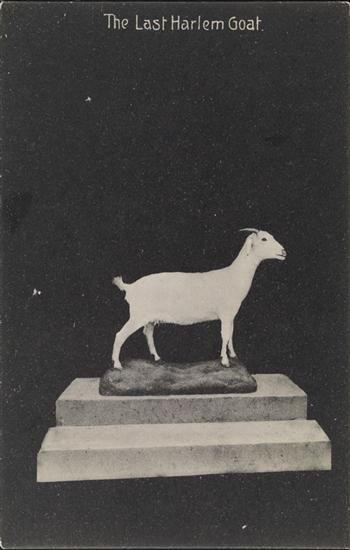An Untameable Plant Flourishes and Flowers

Like so many plants now scorned, Japanese knotweed was once prized for its beauty. Its bamboo-like stems sprout heart-shaped leaves and sprays of greenish-white flowers in late summer and early fall. Cultivated as an ornamental in the late 19th century, it spread around the United States. But it was not a plant that could be tamed.
Japanese knotweed does not mind the heat or almost total shade; it does not care if the earth is polluted or alongside busy roads. It loves a crack in the concrete as much as a garden. It spreads and spreads in towering thickets—some 15 feet tall—leaving little room for other plants to grow. It can be spotted almost anywhere it has been able to root and flourish. Miles of it stretch along the Bronx and Hudson rivers. Goats have been brought into Riverside Park in an attempt to contain it.
But each time it blooms with those hanging white flowers—attracting pollinators such as butterflies and bees—you can remember why it was once loved before its tenacious nature was revealed.

- Riverside Park’s goats have been hard at work this summer as part of an ongoing woodland restoration project, climbing up and down slopes to eat English ivy, mugwort, poison ivy, and more. As the Riverside Park Conservancy notes, “not only do goats eat almost constantly — they can consume 25% of their own body weight in vegetation in just one day — but their fecal matter adds nutrients to the soil as they go.” You still have time to share your appreciation as this August, new members Lemon, India, and Templeton were welcomed to the crew.
- Could a solution to the persistence of knotweed and other invasive plants be to take a cue from the goats and devour them? As a foraged food, knotweed has been popular in Nordic cuisine, appearing on the menu of the sleek Agern in Grand Central Station before its recent closure. According to Bon Appetit, knotweed’s stems have a taste reminiscent of rhubarb, and “unlike many wild edibles, it’s at zero risk of being over-harvested.” So do your part and try out a butter and knotweed sauce for your eggs or knotweed sorbet.
- Although not as kaleidoscopic as spring, New York City has a number of fall-blooming plants that support pollinators ahead of the colder months. Keep an eye out for the delicate white snakeroot flowers, the yellow of New England aster, and the sunny stalks of goldenrod.




